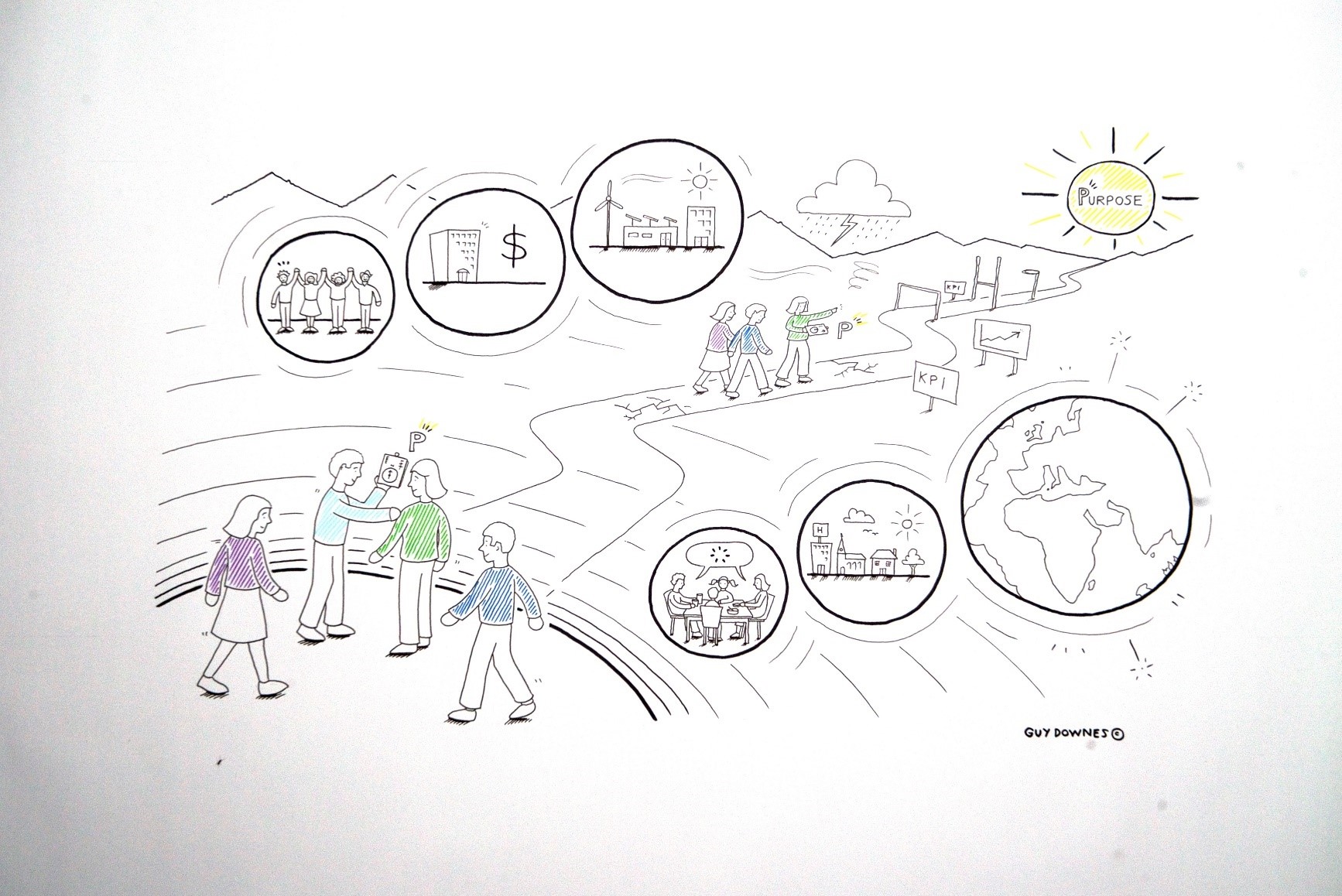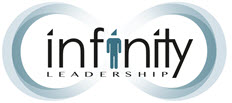A Pathway to Purpose
Who should read this?
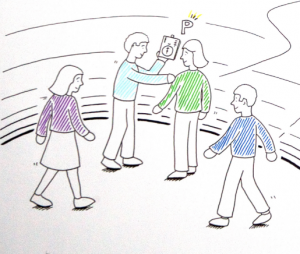
If any of these apply to you, then please read on.
What follows is a pragmatic look at what a personal Purpose is, how to define one and then use it for your benefit and the benefit of others.
This idea of defining purpose is often seen as a ‘spiritual’ endeavour. Whatever you choose to believe is fine with me, but I want to make clear that what I am writing about here is not limited to spiritual belief systems. You may believe that your purpose is decided for you by a higher intelligence, or that you decide it for yourself. Whichever belief system you hold, the pathway to purpose discussed here will be relevant to you. This process will help you to articulate a Purpose that is practical and useful in all areas of your life.
What is a ‘Purpose’ and why would I spend time defining it?
When I was first asked the question ‘What is your purpose?’ I reacted with arrogance and contempt. To me this was a ridiculous question – ‘Life has no purpose, we are born, we live, we die’ – end of conversation. I was missing the point. Defining a clear purpose for yourself and consciously paying attention to it is a very powerful way of lifting yourself out of reactive behaviour and taking action to live up to a clearer picture of who you want to be. Maybe a better question for me in my early 20s would have been “What kind of person would you like to be?” – I might have listened to that. If this question resonates more with you, then feel free to think of it in this way. Defining a purpose for yourself is about articulating the kind of person you would like to be, clearly and succinctly so you can easily access it when you need to. Once you have a clear statement that articulates your purpose, you can use it to pull you towards behaving the way you want to behave rather than behaving the way your emotions or other people want you to behave. This is useful in guiding life in general but becomes especially beneficial when trying to make decisions in highly complex and uncertain situations or when under significant pressure. During these times having a clearly defined Purpose Statement can lift you out of emotional reactivity and into a much more effective and conscious way of behaving.
So, what is it? It is a crystal-clear idea of the effect you would like to have on others in any given moment, and over the long term, if you were being your ideal self.
Why spend time defining one? To help you to move more often in a direction that matters to you so that your life has the impact on other people and the world that you want it to have. Acting in line with a clear purpose can improve your personal and professional life dramatically over the long term.
What is the difference between a Purpose and a Goal?
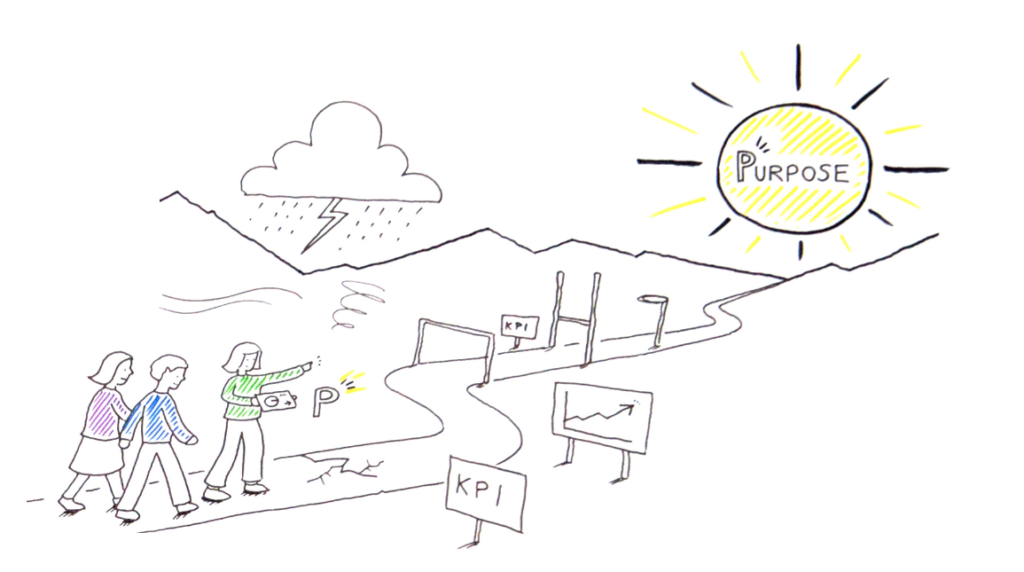
For example, a good friend of mine has defined his purpose as ‘To leave a legacy of leadership’ and he consistently lives up to his statement. In line with this purpose, he may decide to set several goals in the next six months:
Goal 1: establish three mentoring relationships with inspiring young leaders
Goal 2: put more efficient processes in place for the management of my business so that I have more time to coach and mentor people
Goal 3: get qualified in an area of neuroscience relevant to my field so that I can better support my clients
All these goals align with his purpose – completing them will enable him to ‘leave his legacy of leadership’ more effectively. In six months, he will either achieve these goals or not. His purpose, on the other hand, is ongoing and could give birth to any number of goals now and for the rest of his life.
In summary:
Purpose gives you direction.
Goals give you milestones to achieve as you travel in that direction.
The steps to defining your Purpose and putting it to work
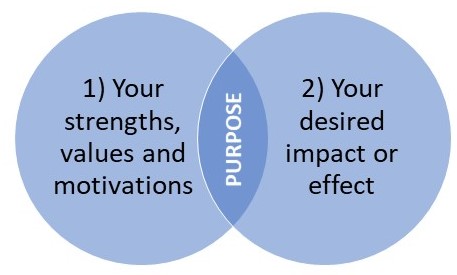
Step 1: Looking back
The first of the two components of purpose is accessed by looking backwards and reflecting on your life from early childhood through adolescence and adulthood up until now. A good way to do this is to reflect across three domains of influence:
- Culture: Your cultural background including family and social influences. Clearly parental and other close family relationships are important in how we form our values and motivations in life. Local community and School life also play a major role in shaping who we are. Explore what was valued and what was punished by the cultures you grew up in.
- People:

- Events: What events have had a lasting effect on you? I recommend you take an honest look at past events without avoiding or glossing over painful times in your life. Most people have experienced some form of hardship or tragedy. The nature of this reflection should be to look back at these objectively and ‘mine’ for any gifts that came from the experience. We are not trying to relive pain, but to take a distanced, compassionate perspective while asking the question – what, if anything, did that experience give me that could now be useful to me? For example, when I look back with this lens at traumatic events in my life, I see that I have developed an ability to be resilient. I can recognise conflict before it gets out of hand and I can diffuse it with humour or by creating common ground. These attributes were developed in circumstances that, at the time, I would rather have avoided, but now I can choose to see them as gifts that may not have been available to me without those experiences. Look for the gold that you can extract from all areas of your life.
When I take groups through this process, we do some of this exploration in small groups of three or four. This works very well in a guided process, but I would not recommend doing this with anyone close to you – at least at first. It’s important to look at your life with as much honesty as possible. If you’re working with someone close, you may hide from certain aspects of your life, or they may be tempted to pass their opinion which may not be helpful. If you work on this with anyone else, a good coach or therapist may be a better choice as they are more likely to create a safe space, devoid of judgment or advice, where you can cultivate new insights from your past.
The main output from this phase will be to populate the first circle in our diagram – your strengths, values, and motivations. In this circle you will list all the useful qualities you possess that are inherently motivating. As we’re looking to create a useful purpose here, we’re not populating this box with all your hang-ups and insecurities – as wonderful as they are! We’re looking to define the things that you want to use as you move to looking forwards.
Step 2: Looking forward

Picture the key people in your life, your spouse, your kids, your parents, your friends, your close work colleagues, the team that reports to you etc. Imagine 10 to 15 years from now and ask yourself the question – who were you to them?
What impact have you had on their lives that you would feel very proud of and satisfied with? What did they get from you – was it confidence, compassion, resilience, ability to challenge themselves and others, belief in their own agency, a sense of adventure, contentment, ambition, a healthy perspective on life’s challenges, assertiveness, courage, humility… … …? What positive attributes where cultivated in them because you were in their life and not somebody else?
Often people struggle with this idea for one or more of the following reasons:
- You don’t want to overstate your importance in other’s lives.I get it, but like it or not you are affecting these people’s lives anyway (and by extension the many lives that they in
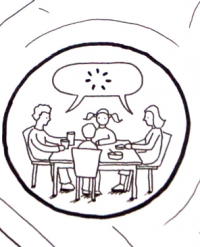
- You don’t want to commit to something you can’t deliver on. I get this too, but there are no guarantees here – life is full of probability. Clarifying the impact you would like to have on others doesn’t guarantee that you will have it. However, clarifying it and trying to bring it to life in your interactions will increase the probability of you having the effect you want to have over a lifetime. We’re concerned here with improvement not perfection.
- It feels too restrictive to pin it down to just a few words. Yes, its difficult but that’s OK – for now just write down all of your thoughts about the effect you want to have. In the next step, we’ll talk about how to refine things further.
After populating your second circle in step 2, your diagram might look something like this:
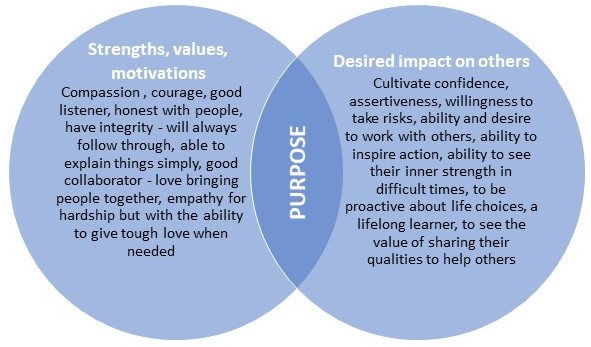
Step 3: Draft a statement
This step is tricky, so I’ll give you a few pointers before you start:
- You don’t have to get it ‘right’ first time. In fact, there is no ‘right’ statement, only useful ones. Draft something that feels close and we’ll refine it in Step 4. To give you an idea, it took me ten years to arrive at a statement that works for me – just go with a draft that feels useful and accept that it will be refined over time.
- You are not trying to create a marketing tag line. This statement only needs to mean something to you and nobody else. Don’t get stuck in trying to find words that other people would understand just from reading them. If you know what you mean by your statement, that is enough.
- Words are insufficient. You probably won’t find a statement that articulates all the subtle ways in which you could live your purpose. The goal is not a statement that describes everything you could possibly do. The goal is to define some words that will call on you to think of the many subtle ways that you could live your purpose in any given moment. If the statement helps to guide you towards being the person you would like to be more often, then it is doing its job.
- This isn’t a professional career goal statement. It should be broad enough to cover all areas of your life and specific enough to be practical for you to apply.
The structure of the statement will look something like one of these:
My purpose is to use my [insert key strengths] to [insert most important desired impact] or,
My purpose is to [insert most important desired impact] by [insert how you will use your key strengths].
To get there, have a look at your left-hand circle and try to distil into a few words the essence of the gifts you most want to leverage. Underline the words that resonate strongest with you. Can you combine them into a concise expression of the tools/experience/capability/strengths/values that you want to use?
Once you have that, do the same for the right-hand circle… try to distil your desired impact into just a few words.
Write down as many different versions as you need to. The trick here is to avoid overthinking it – write and write some more. Try not to stop an idea before it has a chance to get onto the paper. I’d like you to try this before you read the example of my purpose that I share later in this document. When you read another person’s example it might take you in a direction that isn’t entirely your own. Its best to give this a good effort yourself before looking for inspiration from others.
Step 4: Test your purpose
Well done! You have a purpose statement! It is a draft – it will most likely change. The first step in testing your statement is by performing some scenario analysis.
Scenario 1: Family
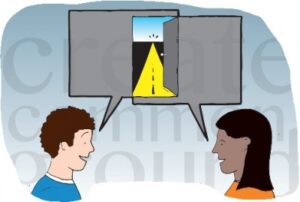
Scenario 2: Work colleague
Think of a team member that reports to you or someone you want to help at work. If you paid attention to your purpose statement, how might you change the way you engage with them?
Scenario 3: Professional Influence

Scenario 4: Career progression
If you consider your next set of career goals – how does your purpose statement shape your thinking? Put aside for a moment what opportunities may or may not be available to you and think only about whether your purpose statement challenges your thinking in the right way – does it broaden and deepen your thinking about your career aspirations?
Scenario 5: Challenging people or conflict
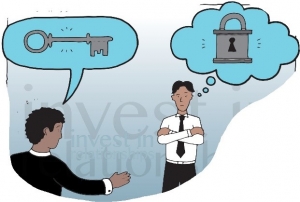
Scenario 6: Helping a friend
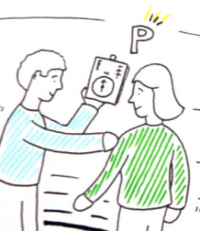
must make, or helping them with a challenge they’re facing?
Scenario 7: Prioritising your work
Imagine prioritising your working week in line with your purpose statement. What would you add to the list? What would you remove from the list? How might it shape how you go about your work?
If, in each scenario, your purpose statement leads you to take different decisions or behave differently, or if it reinforces that you are already behaving effectively in that situation then your statement is a good one so far. If not, then try to generalise it so that it fits these and any other scenarios that are relevant for you.
Some principles to assess the usefulness of your statement:
- A strong purpose statement is applicable to all areas of life, not just work
- A strong purpose statement calls us to act in ways that we can be proud of
- A strong purpose statement holds us accountable to try to be the person we want to be even when its very difficult e.g. in our most challenging relationships
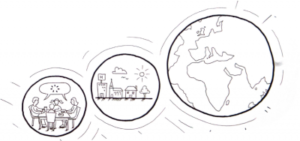
Step 5: Refine and repeat
By now you will be consistently thinking about your purpose statement and putting it to the test in real-life scenarios. Feel free to amend it as it becomes clearer to you what is most important and most impactful. Periodically go through these steps again to see if you gain any further insight. I’ve run through my own life history in group sessions hundreds of times and I still gain useful insights through the process.
There you have it – A Pathway to Purpose. In the next section I share with you my purpose and how I try to apply it in my life. This might help you to get a sense of what you’re aiming for. Remember though that this a very personal journey, my purpose has meaning for me – yours needs to have meaning for you.
My purpose
Before you read this section, I encourage you to go through the steps above for yourself first. If you read this without first drafting your own statement, you risk being influenced in a direction that may not be entirely your own. Assuming you have been through the process at least once, these examples may help you to refine your statement and put it into practice in your life.
My purpose is to enrich as many lives as possible in my lifetime and have fun doing it. I do this by compassionately challenging people’s perspectives and helping them to see things from different angles. About 10 years ago, my first draft statement was something like: ‘to have a positive impact on people’ and over the years the nature and extent of that desired impact has become clearer. Other people in my life have expertly, and sometimes bluntly, offered me the opportunity to re-examine my perspective on things. This has led to me into a life that is far richer and more satisfying than it may have been if I’d stuck to my old ways of viewing the world and my role in it. There are 10 years of reflection and practice in my purpose statement and I can’t possibly explain all of it here. However, I can try to break it down for you:
“Compassionately challenging perspectives” resonates strongly with me because I’m good at it, I find it motivating and it made a huge difference to my life when others did that for me. This shapes the way I facilitate and coach. It often helps me with the way I respond to my kids. When I don’t have this in the forefront of my mind, I often fail to be the parent I want to be. When it is at the forefront of my mind, it helps me to show empathy and persuade rather than allow my frustrations to run the show.
“Enriching” is a word that, for me, encompasses the effect that I’d like to have. It can be personalised – your idea of living an enriched life might be different to mine – and that is the beauty of it. If possible, I’d like to be a catalyst for people to grow in ways that lead them into a richer, more satisfying experience of life. When in focus, this manifests in the way I listen to people. It calls on me to be present with people rather than distracted. It makes me think hard about how I can be helpful to people if they’re experiencing challenges in life. It makes me joke around at home and have fun with the kids, sometimes when I don’t really feel like it. It makes me call people more often. It makes me read my emails back before sending them to ensure they’re not too task-focussed and missing a personal connection. It led me to get over my insecurities and play the guitar and sing at family celebrations while encouraging other family members to join in – now a regular feature at family barbecues. There are many examples that I could talk about. There are also many times when I have been the opposite of ‘enriching’ to people. I’m far from perfect, but I can’t think of a time that I have acted poorly when this idea of enrichment was at the front of my mind.
“As many lives as possible” was added to my statement about 5 years ago after delivering a series of leadership workshops in many different countries for a large UN agency. During this work I realised that millions of people’s lives would be affected by the leaders I was working with. It opened my eyes to the potential scale of impact effective leadership might have in the world. This part of my statement reminds me to think bigger than I would otherwise. It has shaped several decisions in recent years that have significantly increased the reach of the work I do with my close associates. It led me to accept invitations to Syria and Yemen, despite reservations about the risks involved. With clarity of purpose, me and my team jumped at the opportunity to directly help people who are leading in the front-line to save and enrich the lives of some of the most vulnerable people in the world. The leaders we worked with rarely have access to the kind of leadership development we offer, and this was a way to make our contribution to people affected by major conflicts and who desperately need support.
“Have fun doing it” came into the statement after feedback I was given six years ago. I was told that I can be a little too intense and that I’d be more impactful if I brought more humour and lightness to interactions where I’m ‘compassionately challenging perspectives.’ The feedback sparked a strong enough realisation for me to incorporate it into my statement. I want to remind myself to hold things lightly sometimes and to enjoy the journey I’m on. This has helped me to relax a little more when I’m faced with challenging personalities, and to be more patient when working with people who are resistant to having their perspective challenged. It’s also helped me to pay attention to and celebrate progress.
“In my lifetime” is there to remind me that I have one life and that time is short – it’s a call to action. I want to be as enriching as I can as often as I can in the time that I have.
Summary
I hope you have found this piece useful and you’re feeling inspired to have a go at defining and then applying a purpose for yourself. I hope it helps you to enhance your everyday relationships and guide decision making so that you can create a more enriched life for yourself and the people around you. The world needs as many conscious, purpose-driven people as possible. Such people create a ripple effect of positive impact that extends way beyond their immediate circle of influence. I hope that reading this inspires you to be one of them.
